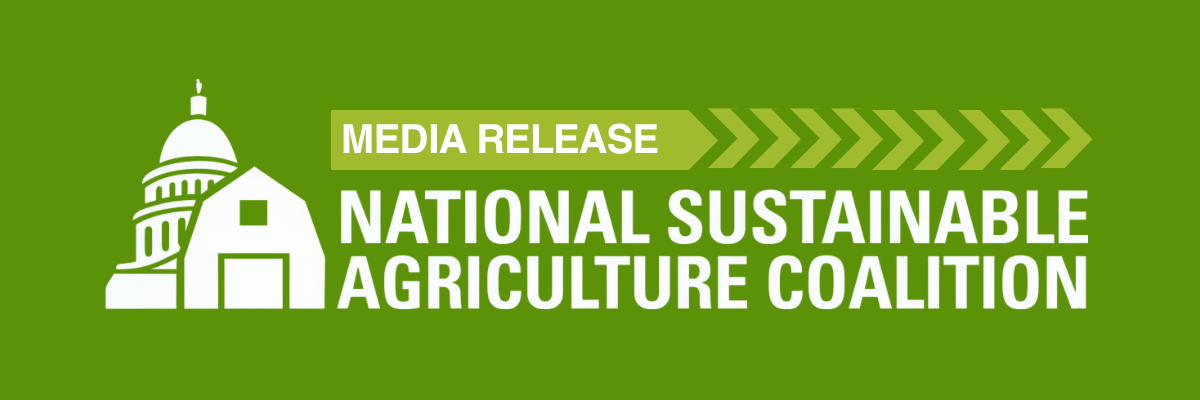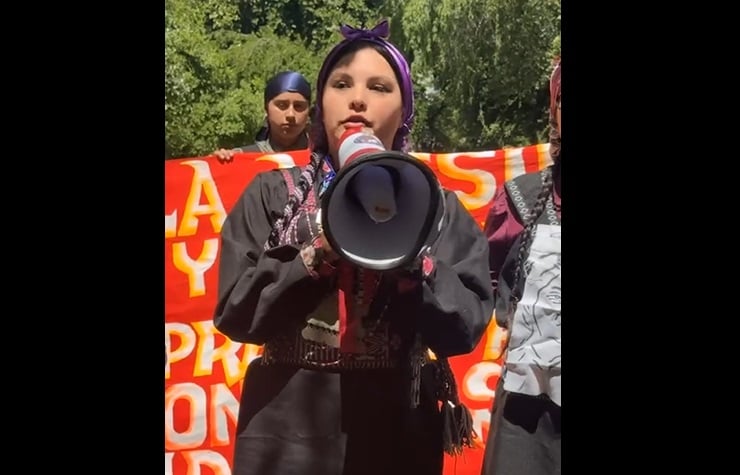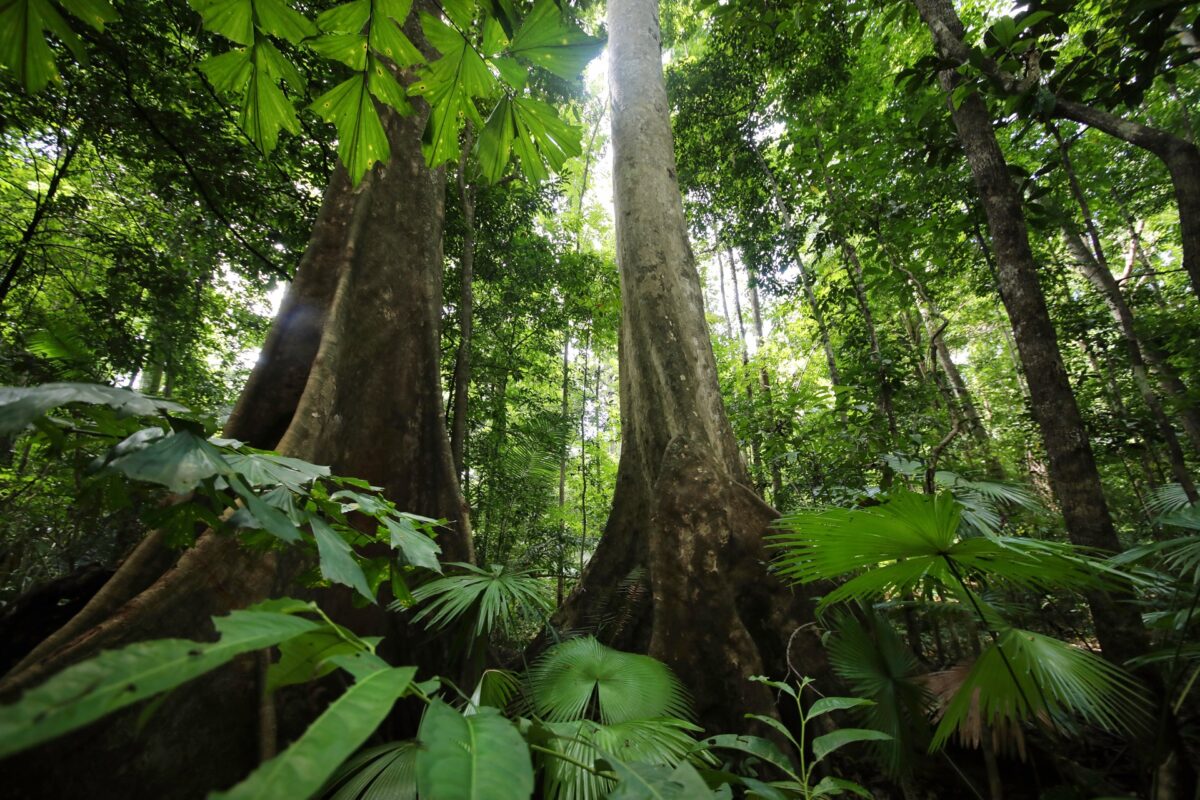Indonesia Allows Shipment of Protected Animals to India from These Two Locations – Tempo.co English

Report on the International Transfer of Indonesian Wildlife in Alignment with Sustainable Development Goals
Executive Summary
The Indonesian Ministry of Environment and Forestry has authorized the transfer of several protected and unprotected wildlife species to a conservation facility in India. This initiative, formalized by Ministerial Decree Number 278 of 2025, is presented as a strategic international partnership aimed at advancing global conservation efforts. The action directly contributes to the United Nations Sustainable Development Goals (SDGs), particularly SDG 15 (Life on Land), SDG 17 (Partnerships for the Goals), and SDG 16 (Peace, Justice and Strong Institutions).
Details of the Wildlife Transfer
The transfer was executed as a government-sanctioned exchange between accredited conservation institutions, based on Law Number 5 of 1990 concerning the Conservation of Biological Natural Resources and Ecosystems.
- Sending Authority: Indonesian Ministry of Environment and Forestry
- Source Facilities: PT Fauna Land and Johnlin Wildlife Park, under the custodianship of the Jakarta and South Kalimantan Natural Resources Conservation Agencies (BKSDA)
- Receiving Institution: Greens Zoological Rescues and Rehabilitation Center, India
The official decree specifies the following species for transfer:
- Siamang (Symphalangus syndactylus): 3
- Clouded Leopard (Neofelis diardi): 2
- Leopard (Panthera pardus melas): 1
- Sun Bear (Helarctos malayanus): 10
- Proboscis Monkey (Nasalis larvatus): 2
- Long-tailed Macaque (Macaca fascicularis): 15
Alignment with SDG 15: Life on Land
This initiative directly supports the objectives of SDG 15, which aims to protect, restore, and promote the sustainable use of terrestrial ecosystems and halt biodiversity loss.
- Target 15.5 (Halt Biodiversity Loss): The transfer of protected species like the clouded leopard, sun bear, and proboscis monkey to a credible international conservation center is an ex-situ conservation strategy. This measure aims to protect threatened species, prevent extinction, and contribute to a healthy global gene pool.
- Target 15.7 (End Poaching and Trafficking): A key component of this partnership is the reciprocal assistance from the receiving institution to strengthen the supervision of illegal wildlife trade, directly addressing the need for urgent action to combat the trafficking of protected species.
Contribution to SDG 17: Partnerships for the Goals
The transfer exemplifies a robust international partnership for sustainable development, a core principle of SDG 17. The collaboration between Indonesia and India strengthens global cooperation on environmental protection.
- Target 17.9 (Enhance International Support): The agreement is not merely a transfer of animals but a comprehensive exchange that includes significant capacity-building support for Indonesia. The benefits offered by the Greens Zoological Rescues and Rehabilitation Center include:
- Assistance in strengthening supervision against the illegal circulation of rare plants and animals.
- Support for improving conservation infrastructure, including the development of an elephant hospital and clinic.
- Enhancing the capacity of Indonesian conservation human resources.
Upholding SDG 16: Peace, Justice and Strong Institutions
The execution of this wildlife transfer demonstrates the role of effective, accountable, and transparent institutions, as called for in SDG 16.
- Target 16.6 (Develop Effective Institutions): The Ministry of Environment and Forestry’s action is governed by a clear legal framework, including a specific ministerial decree and national conservation laws. According to the Director General of Conservation, the Ministry is highly selective in issuing such permits, ensuring that recipient institutions are credible and have a proven track record, which underscores institutional accountability and responsible governance.
1. Which SDGs are addressed or connected to the issues highlighted in the article?
-
SDG 15: Life on Land
This goal is central to the article, which focuses on the protection and management of terrestrial wildlife. The text discusses the transfer of several protected and threatened species, including siamangs, leopards, sun bears, and proboscis monkeys. This action, undertaken by Indonesia’s Ministry of Environment and Forestry, directly relates to the goal of protecting biodiversity and preventing the extinction of threatened species.
-
SDG 17: Partnerships for the Goals
The article highlights a partnership between two countries, Indonesia and India, for the purpose of wildlife conservation. The transfer of animals is described as a “gift from the government” aimed at “strengthening relations between countries” and an “exchange between institutions.” This international cooperation, involving the exchange of biological resources for technical assistance and capacity building, is a clear example of a partnership to achieve sustainable development objectives.
2. What specific targets under those SDGs can be identified based on the article’s content?
-
SDG 15: Life on Land
-
Target 15.5: Take urgent and significant action to reduce the degradation of natural habitats, halt the loss of biodiversity and, by 2020, protect and prevent the extinction of threatened species.
The article directly addresses this target by detailing the government-sanctioned transfer of several threatened species listed as protected, such as the clouded leopard (Neofelis diardi), leopard (Panthera pardus melas), sun bear (Helarctos malayanus), and proboscis monkey (Nasalis larvatus). This action represents a measure taken to manage and protect these species as part of a conservation program.
-
Target 15.7: Take urgent action to end poaching and trafficking of protected species of flora and fauna and address both demand and supply of illegal wildlife products.
This target is relevant through the reciprocal offer from the Indian institution. The Greens Zoological Rescues and Rehabilitation Center offered “assistance to strengthen the supervision of the illegal circulation of rare plants and animals.” This directly supports efforts to combat the trafficking of protected species.
-
Target 15.c: Enhance global support for efforts to combat poaching and trafficking of protected species, including by increasing the capacity of local communities to pursue sustainable livelihood opportunities.
The partnership described in the article is a form of global support. The assistance offered by the Indian center, which includes “improvements to conservation infrastructure” and “increasing the capacity of conservation human resources,” directly contributes to enhancing Indonesia’s ability to combat wildlife trafficking and manage its conservation efforts.
-
-
SDG 17: Partnerships for the Goals
-
Target 17.6: Enhance North-South, South-South and triangular regional and international cooperation on and access to science, technology and innovation and enhance knowledge sharing on mutually agreed terms…
The agreement between Indonesia and India is a form of South-South cooperation. It involves an exchange of biological resources (animals) for technical assistance and infrastructure development (“development of elephant hospital/clinic facilities,” “increasing the capacity of conservation human resources”). This partnership is based on mutually agreed terms, as formalized by the Minister of Environment and Forestry Decree.
-
Target 17.9: Enhance international support for implementing effective and targeted capacity-building in developing countries to support national plans to implement all the Sustainable Development Goals…
The support offered by the Indian institution is a clear example of targeted capacity-building. The offer to help with “supervision of the illegal circulation of rare plants and animals,” “improvements to conservation infrastructure,” and “increasing the capacity of conservation human resources” is designed to strengthen Indonesia’s national plans for implementing SDG 15.
-
3. Are there any indicators mentioned or implied in the article that can be used to measure progress towards the identified targets?
The article implies several specific indicators that can be used to measure progress:
- For Target 15.5: The number and type of threatened species included in international conservation programs. The article provides exact figures: “3 siamangs,” “2 clouded leopards,” “1 leopard,” “10 sun bears,” and “2 proboscis monkeys.”
- For Target 15.7: The establishment of new or enhanced systems for wildlife monitoring. The article mentions the offer of “assistance to strengthen the supervision of the illegal circulation of rare plants and animals,” progress on which could be measured by the implementation of such systems.
- For Targets 15.c and 17.9: The implementation of capacity-building projects. Specific indicators from the article include the “development of elephant hospital/clinic facilities,” “improvements to conservation infrastructure,” and the number of personnel trained through programs for “increasing the capacity of conservation human resources.”
- For Target 17.6: The existence of formal bilateral agreements for conservation. The “Minister of Environment and Forestry Decree Number 278 of 2025” serves as a direct indicator of a formal international cooperation agreement.
4. Create a table with three columns titled ‘SDGs, Targets and Indicators” to present the findings from analyzing the article. In this table, list the Sustainable Development Goals (SDGs), their corresponding targets, and the specific indicators identified in the article.
| SDGs | Targets | Indicators |
|---|---|---|
| SDG 15: Life on Land | 15.5: Protect and prevent the extinction of threatened species. | Number and type of threatened species transferred for conservation purposes (3 siamangs, 2 clouded leopards, 1 leopard, 10 sun bears, 2 proboscis monkeys). |
| 15.7: Take urgent action to end poaching and trafficking of protected species. | Implementation of assistance to strengthen the supervision of the illegal circulation of rare plants and animals. | |
| 15.c: Enhance global support for efforts to combat poaching and trafficking. | Number of conservation infrastructure projects completed (e.g., elephant hospital/clinic); Number of conservation personnel with increased capacity. | |
| SDG 17: Partnerships for the Goals | 17.6: Enhance South-South cooperation. | Existence of a formal bilateral agreement for conservation (Minister of Environment and Forestry Decree Number 278 of 2025). |
| 17.9: Enhance international support for targeted capacity-building. | Provision of international support for conservation infrastructure, development of facilities (elephant hospital), and human resource capacity building. |
Source: en.tempo.co

What is Your Reaction?
 Like
0
Like
0
 Dislike
0
Dislike
0
 Love
0
Love
0
 Funny
0
Funny
0
 Angry
0
Angry
0
 Sad
0
Sad
0
 Wow
0
Wow
0









































































